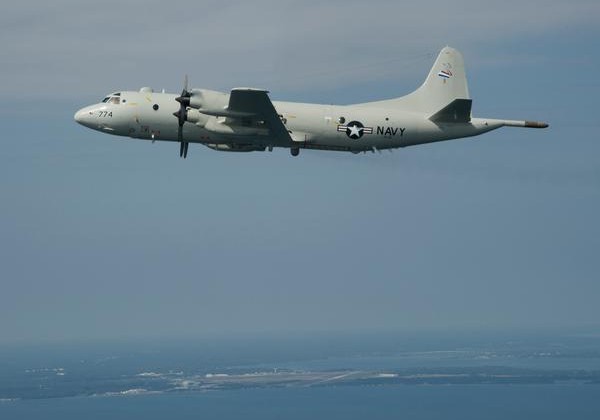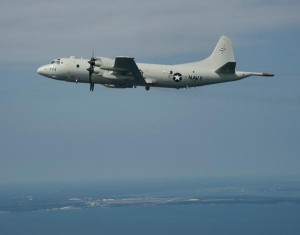Orions Get New Computers


Navy P-3 Orions will be equipped with updated modernized computer technology as part of a technology hardware and software integration lead by Maritime Patrol and Reconnaissance Aircraft (PMA-290) program office. (Official U.S. Navy photo.)
The first five operational P-3 Orions are now equipped with modernized computer technology and delivered to the fleet, allowing the P-3 Command, Control, Communications and Computers for Anti-Submarine Warfare (C4 for ASW) program to reach Initial Operational Capability on Sept. 27.
“I could not be more excited about the significant capability the program is providing the fleet or more proud of a team,” said Capt. Moran, Maritime Patrol and Reconnaissance Aircraft (PMA-290) program manager. “Through their unwavering dedication and ingenuity, the P-3 team successfully brought the program back to life and delivered for the fleet, on schedule and on cost.”
Capt. Aaron Rondeau, P-3 department head said, “The P-3 team here at PMA-290 successfully took over the lead integration role for a failing program from a major contractor and delivered much needed critical mission capabilities to the MPRA fleet on schedule.”
“The upgrade to C4 will only further strengthen MPRA’s effectiveness on station in support of the battle group commander,” Rondeau said.
C4 upgrades include Link 16, which allows for enhanced situational awareness and full interoperability with U.S. Navy battle groups, other military services and NATO forces. Other upgrades are an international maritime satellite (INMARSAT) capability providing encrypted broadband services for the fleet and a full range of communications services similar to those available on personal computers such as chatting, email, web access, and eventually streaming full motion video.
“It’s like going from MSDOS to the [windows-based] computer programs out there today,” said Lt. Maureen Marlowe, who recently attended training on the new system at Naval Air Station Patuxent River, Maryland, and assigned to Commander, Patrol and Reconnaissance Wing 11, the Wing in Jacksonville, Fla., that received four of the first five aircraft equipped with C4.
Several years ago, the PMA-290 P-3 department took on the project as lead systems integrator of the C4 for ASW upgrades for the fleet, which included design, development, testing, training, and logistics. Now, the program is able to provide these critical components to better equip current P-3 operators to meet operational requirements through enhanced situational awareness and improved interoperability with fleet commanders.
According to Cmdr. Nagel Sullivan, P-3 mission system Integrated Product Team lead, having C4 for ASW in the P-3 also benefits the next generation maritime patrol and reconnaissance aircraft, the P-8A Poseidon. He added that it will help mitigate risk to the P-8A because a lot of the things the P-3 figures out in the Link 16-INMARSAT Concept of Operations will help refine the P-8A CONOPS before it hits the fleet.
“Although not identical, this capability will lay the groundwork for the P-8A,” Sullivan said. “It will allow the [MPRA] Family of Systems, which includes BAMS, P-8, P-3 and TACMOBILE, to work together.”
Over the next few years, slated to receive the C4 modification are 50 additional P-3s. The P-3 Orion will continue to carry out the ASW mission until the Navy’s transition to the P-8A Poseidon is complete.
Source: PMA-290 Public Affairs























